A robot is a complex and multifaceted machine, consisting of several essential components that work in harmony to enable its functionality. In which we discuss the main components of a robot.
Automatons, more commonly known as robots, have occupied the human imagination for centuries. References to golems and mechanical helpers aiding humans can be traced back to ancient Hebrew and Greek cultures. However, the term “robot” did not appear in literature until Karel Capek’s 1921 play, “Rossum’s Universal Robots.” The 1926 film “Metropolis” marked a cinematic milestone as it featured the first human-like robot on the silver screen.
Robots are become a vital element of our daily life. They are employed in warehouses, assembly lines, space exploration, infrastructure inspection, and even construction, often working silently behind the scenes.
But how do robots actually function? What are the fundamental components that enable their diverse capabilities? Here is a brief overview of the core elements that drive robots:
1. Central Processing Unit (CPU):
The central processing unit (CPU) is a critical component found in nearly all computer-driven technologies, including robots. Serving as the robot’s “brain,” the CPU processes data and responds to external stimuli. In essence, it provides the robot with the ability to receive and react to feedback.

Feedback is a fundamental concept in both biological organisms and robots. For instance, just as touching a hot stove prompts us to quickly retract our hand, the CPU processes environmental data from sensors and executes programmed actions accordingly.
While the CPUs of early machines, such as Edmund Lee’s 1745 invention, the automatic fantail, were far simpler than today’s processors, the underlying principle of functioning based on external feedback remains consistent. In the context of robots, CPUs operate much like the human brain: they receive sensory input, interpret it, and generate appropriate responses.
2. Sensors:
Sensors serve as the primary source of feedback for robots, functioning as their eyes and ears to gather information about their surroundings. Robots integrate a diverse array of sensor types to perform their tasks effectively. These sensors encompass various functions, including:
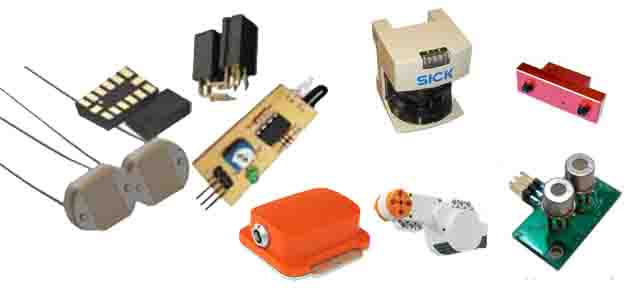
- Light sensors
- Sound sensors
- Temperature sensors
- Contact sensors
- Proximity sensors
- Distance sensors
- Pressure sensors
- Positioning sensors
Contact and proximity sensors enhance a robot’s ability to navigate safely, particularly when working alongside human operators. Pressure sensors regulate the grip strength of robotic arms to prevent damage to items being handled. Positioning sensors, including GPS and digital magnetic compasses, help robots determine their location, both indoors and outdoors. Vision sensors, functioning like robotic eyes, use cameras to capture visual data, which is then analyzed through machine vision algorithms to identify and guide the robot.
A relatively newer category of sensors known as proprioceptive sensors monitors internal factors such as heat, electrical current, and battery status. These sensors are crucial for effective robot maintenance, helping companies ensure the longevity and efficiency of their robotic assets.
3. Actuators:
While sensors serve as the eyes and ears of a robot, actuators can be likened to its muscles. Actuators are compact motors intricately integrated into the robot’s framework, enabling various forms of motion. Some of the most prevalent types of actuators include:
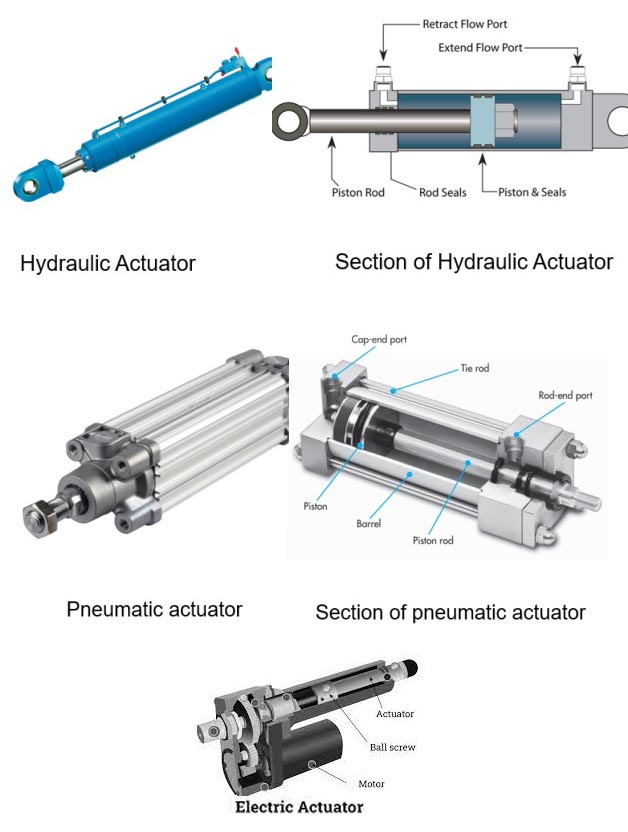
Hydraulic Actuators: These employ hydraulic fluid to facilitate movement. They are commonly found in heavy machinery like mining and construction equipment due to their robust force generation and relatively straightforward maintenance.
Pneumatic Actuators: Pneumatic actuators utilize compressed air for motion. They offer similar advantages to hydraulic actuators but are often more cost-effective. However, they are sensitive to vibrations, making them suitable for stable indoor environments, frequently employed in manufacturing settings.
Electric Actuators: Electric actuators, the most prevalent type today, employ electrical current and magnets for motion. They provide precise control, produce minimal noise, have fewer environmental concerns, and are easily programmable.
In robotics, even the simplest designs may consist of little more than an arm, an actuator, and a tool for performing specific tasks. Complex robots leverage actuators to set treads, wheels, or legs into motion. For intricate and precise tasks, step motors, with their distinct design enabling movement in precise intervals, are utilized.
The ability to consistently deliver high-quality results through the use of robots and step motors played a pivotal role in the explosive growth of robotic assembly during the 1960s and continues to drive advancements today.
4. End-Effectors:
Another shared feature among most robots is their end-effectors, sometimes referred to interchangeably as “effectors.” These components are the tools integrated into the robot, responsible for executing specific tasks and interacting with the environment or workpieces. A variety of end-effectors are employed in diverse applications:
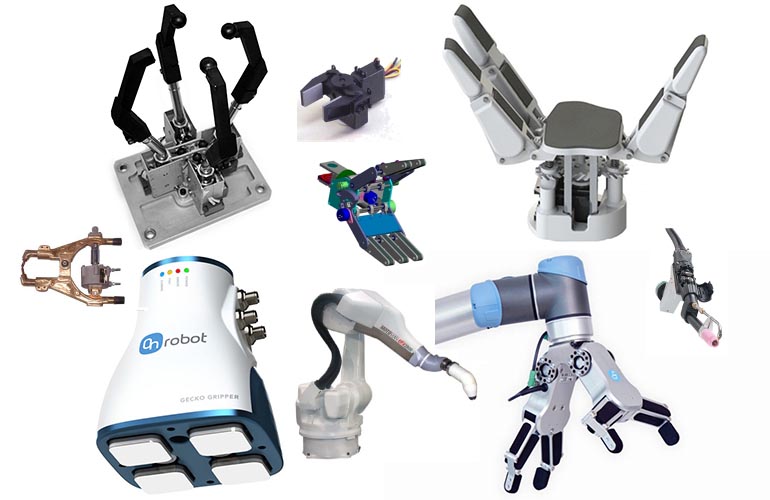
Factory robots may be equipped with end-effectors such as welding torches, screwdrivers, rivet guns, and paint sprayers for assembly and manufacturing tasks.
Mobile robots often feature manipulators and grippers designed for lifting objects or handling hazardous materials.
Robots deployed on missions to distant planets might carry shovels, drills, hammers, cameras, lights, and other specialized analytical instruments.
End-effectors, regardless of complexity, empower robots to perform their designated tasks with exceptional precision. For instance, contemporary robotic technology incorporates miniature scalpels, hands, and cameras for surgical procedures, enhancing safety and minimizing invasiveness. Some robots can execute surgeries with incisions as small as 25 mm, dimensions that would be impractical for human surgeons to operate within.
5. Power Supply:
Just as humans require sustenance for energy, robots, too, rely on a source of power to operate. Nearly all robots draw their energy from electricity. However, the manner in which this power is supplied can vary considerably.
Stationary robots, like those found in factories, typically receive direct electrical power, akin to common household appliances.
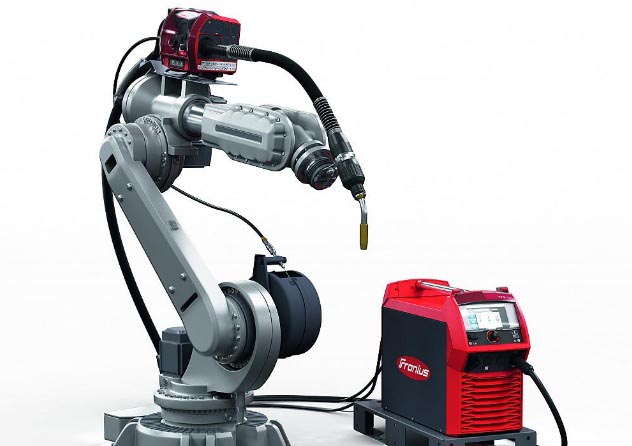
Mobile robots, on the other hand, are often equipped with high-capacity batteries to provide them with the necessary energy for their movements and tasks.
Robotic probes and satellites frequently utilize solar panels to harness energy from the sun, ensuring a sustained power source for extended missions in space.
In response to growing concerns about energy conservation, many modern robots incorporate power-saving features. Some can automatically transition into a low-power mode based on their usage patterns, while others employ innovative designs that minimize mechanical motion. Additionally, an increasing number of robots utilize environmentally friendly energy sources. As this trend continues, we can anticipate the emergence of novel approaches to further reduce robots’ power consumption.
6. Programming:
A robot’s programming, although not a physical component, is an indispensable part of its functionality. Each of the foundational components we’ve discussed thus far serves to gather stimuli or provide feedback. The program within a robot furnishes the logic that governs its behaviors.
This concept can be likened to the “If This Then That” functionality familiar in automation and smart home setups. Robots, too, operate using “logic trees” that collect and analyze data from tasks and their environment, subsequently selecting an appropriate response based on these stimuli.
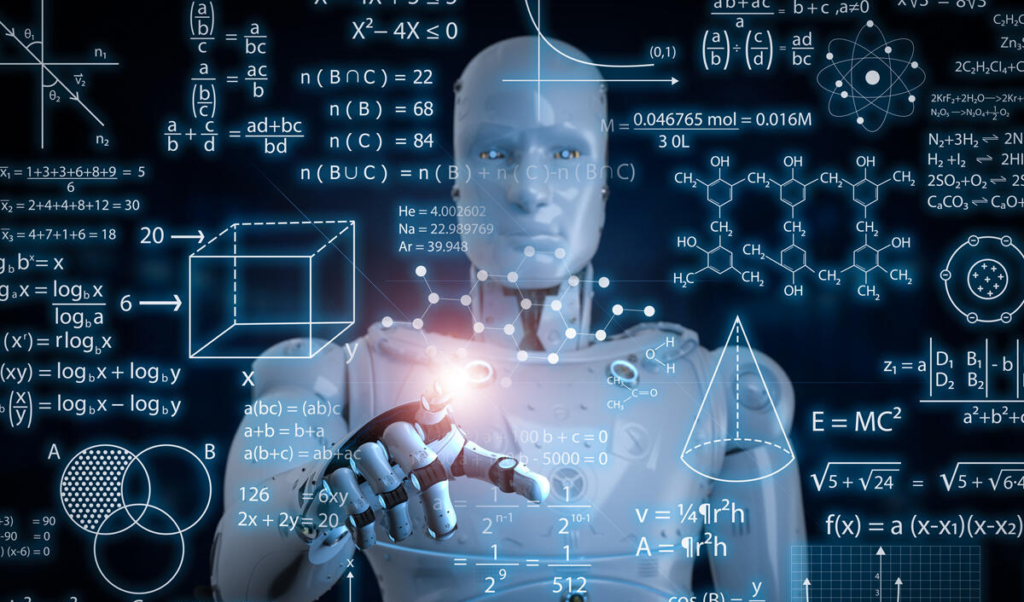
For instance, when a robot approaches a steep drop-off, it instinctively retreats. A robotic probe exploring distant realms might activate specific tools based on the data gathered by its cameras and sensors.
More advanced robotic programming incorporates machine learning, a technique that emulates human learning. These robots continuously learn from different situations and outcomes they encounter over time, becoming progressively more accurate and helpful in their tasks.
Self-driving cars serve as an illustration of robotic systems that employ machine learning. As they navigate real-world road conditions, they encounter diverse obstacles and learn to identify them more effectively. Without machine learning, these vehicles might struggle to recognize every object they encounter, potentially posing safety risks.
Human decision-making often transpires swiftly, often without conscious awareness. Similarly, robots are engineered to execute specific tasks in uncertain circumstances with minimal or no human intervention, thanks to sophisticated programming.
The Interplay of Robots and Technological Advancement
Robots have consistently served as indicators of the relentless advance of technology. Early iterations of these mechanical marvels appear rudimentary in comparison to the remarkable agility demonstrated by modern creations like Boston Dynamics’ robotic canine, “Spot.” Valued at $74,500, Spot transcends mere novelty, boasting a repertoire of capabilities described by Boston Dynamics representatives as “almost limitless.” These encompass tasks ranging from heavy load transportation to autonomous surveillance of private properties.
The journey of progress continues unabated. In the forthcoming years, we can anticipate a proliferation of robots assuming an even wider array of forms and undertaking an expanded spectrum of tasks compared to their current roles. Whether it involves carrying out assignments for small enterprises or participating in the construction and maintenance of some of the world’s most awe-inspiring structures, if there is a task demanding inspection, fabrication, or transportation, there is likely a robot uniquely suited for the job.




